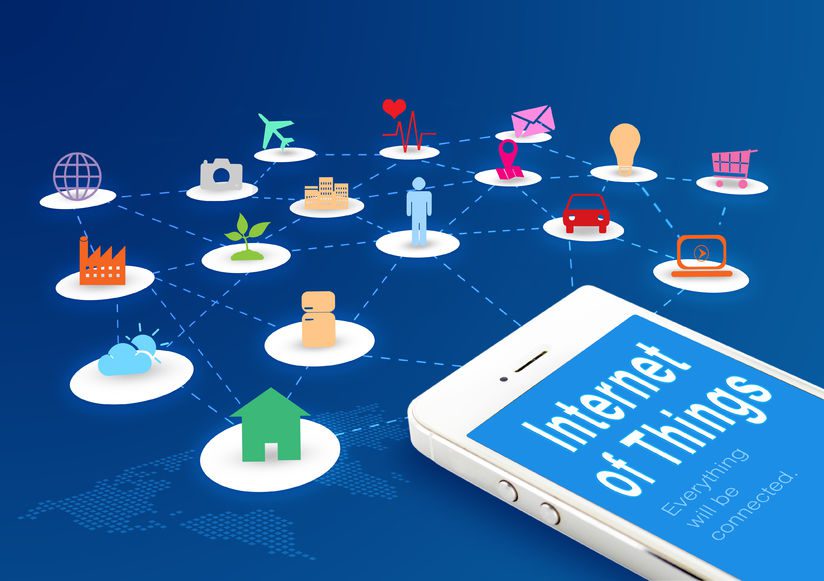For both consumers and industry leaders alike, a wakeup call was issued when Dyn DNS was targeted by a massive DDOS attack that limited access to major internet services like Amazon, Twitter and Spotify.
Although DDOS attacks are fairly commonplace, this most recent attack should cause everyone to take notice for its use of botnets in conjunction with the “Internet of Things”—a term that refers to a plethora of internet connected devices, including refrigerators and DVRs. In the aftermath of this massive attack, it’s important that businesses examine the flaws in their system to prepare for future assaults on infrastructure.
Here is why this recent IOT breach should be a wakeup call for businesses to shore up IT security protocol implementation before, not after, a DDOS attack.
The Anatomy of a DDOS Attack
The idea behind a DDOS (Distributed Denial of Service) attack is to overwhelm a public server with connection requests. The server, unable to keep up with the high volume of traffic, eventually becomes unreachable to legitimate requests, resulting in a loss of service as was seen with the latest concentrated attack.
Traditionally, a DDOS attack is implemented using personal computers and laptops that have been infected with viruses or malware, giving hackers control of the computer and the ability to issue the attack. When enough computers are infected, it forms a massive network called a botnet, allowing hackers tremendous power to leverage their attack.
Using the IoT is a new Trick
When it comes to internet security, there is an ongoing struggle between software providers and hackers. Providers look to shore up malware holes while hackers look for new exploits to gain access. In the recent headline making DDOS attack, time hackers got creative in building their botnet. Instead of using only PCs, they used internet connected household devices as well.
Smart devices, such as a TV or fridge, can connect to the internet, often a very stripped down version of common operating systems. However, the simplicity of these devices also provided hackers the perfect opportunity to take control of their OS for use in a DDOS attack. In this recent case, the target was a commonly used variant of Linux called BusyBox.
What Does this Mean for Your Business?
After learning about the cause of this concentrated DDOS attack, there are several things to consider about how this could affect your business. Not only should you prepare to be the victim of one of these attacks, you should also think about how to prevent these attacks from originating from your network.
Being prepared for every eventuality is impossible, but you can make sure that you are doing as much as you can with the tools that are available.
Two Factor Authentication
The first step in protecting your network is to implement two factor authentication. Many times, botnet result from hacked passwords that allow a hacker to take control of your system. Two factor authentication helps to prevent this by providing an extra layer of security for your network.
Users not only enter a password, they must provide a secondary key that is either sent to a mobile device or generated using an application. Two factor authentication can make your network too difficult for hackers to bother with, causing them to move onto another target.
DNS Filtering and Cloud Services
Another security option is to use a service like OpenDNS. Services like these add features to your DNS server such as phishing protection and content filtering for DNS requests to prevent the malware that leads to botnets. Additionally, this helps to ensure that your DNS services are secure and able to handle attacks.
Need Help with your Security IT Implementation
U.S. Computer Connection can help you with your IT implementation and security needs. Learn more about what security and other services we can help your business with and contact us today!

